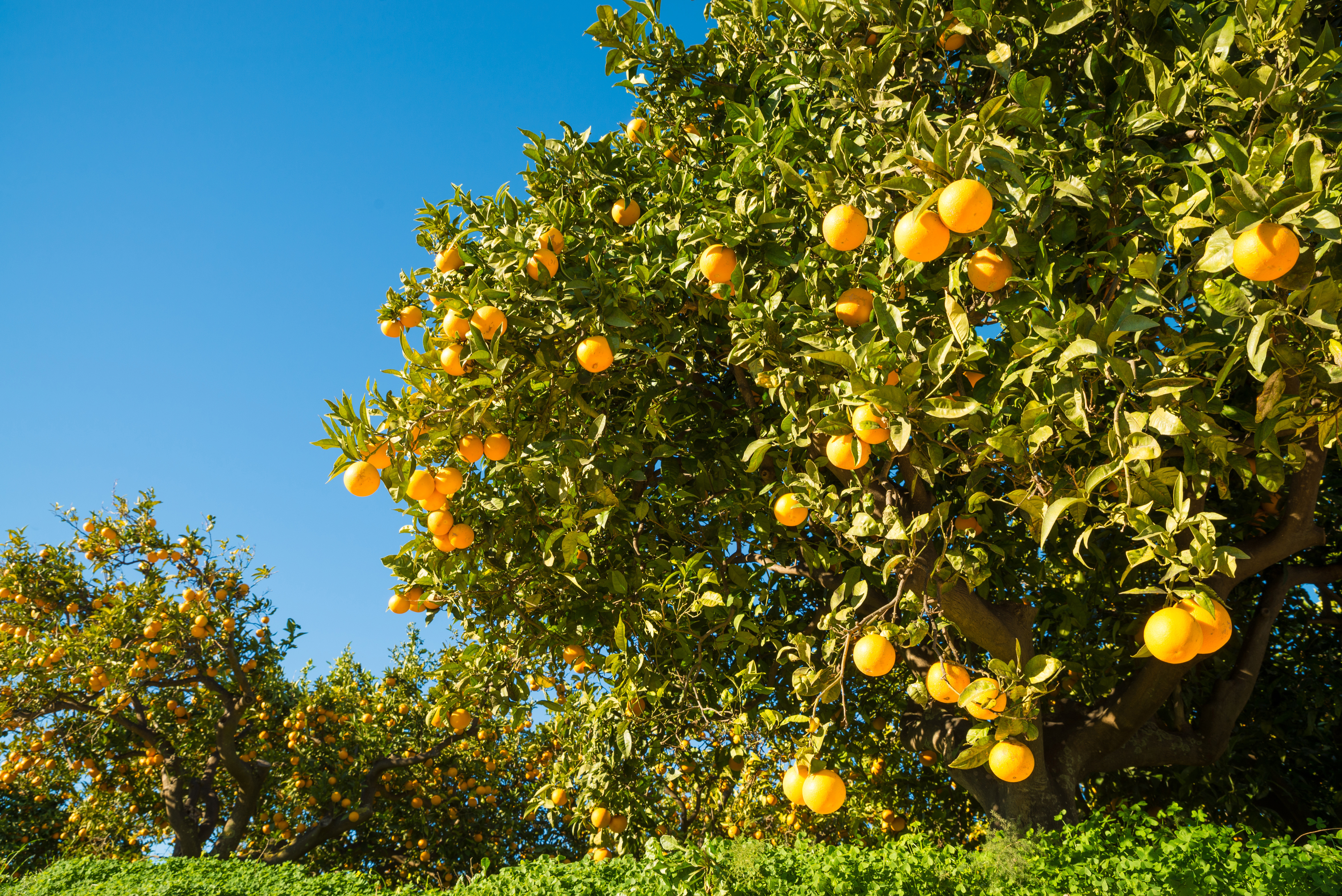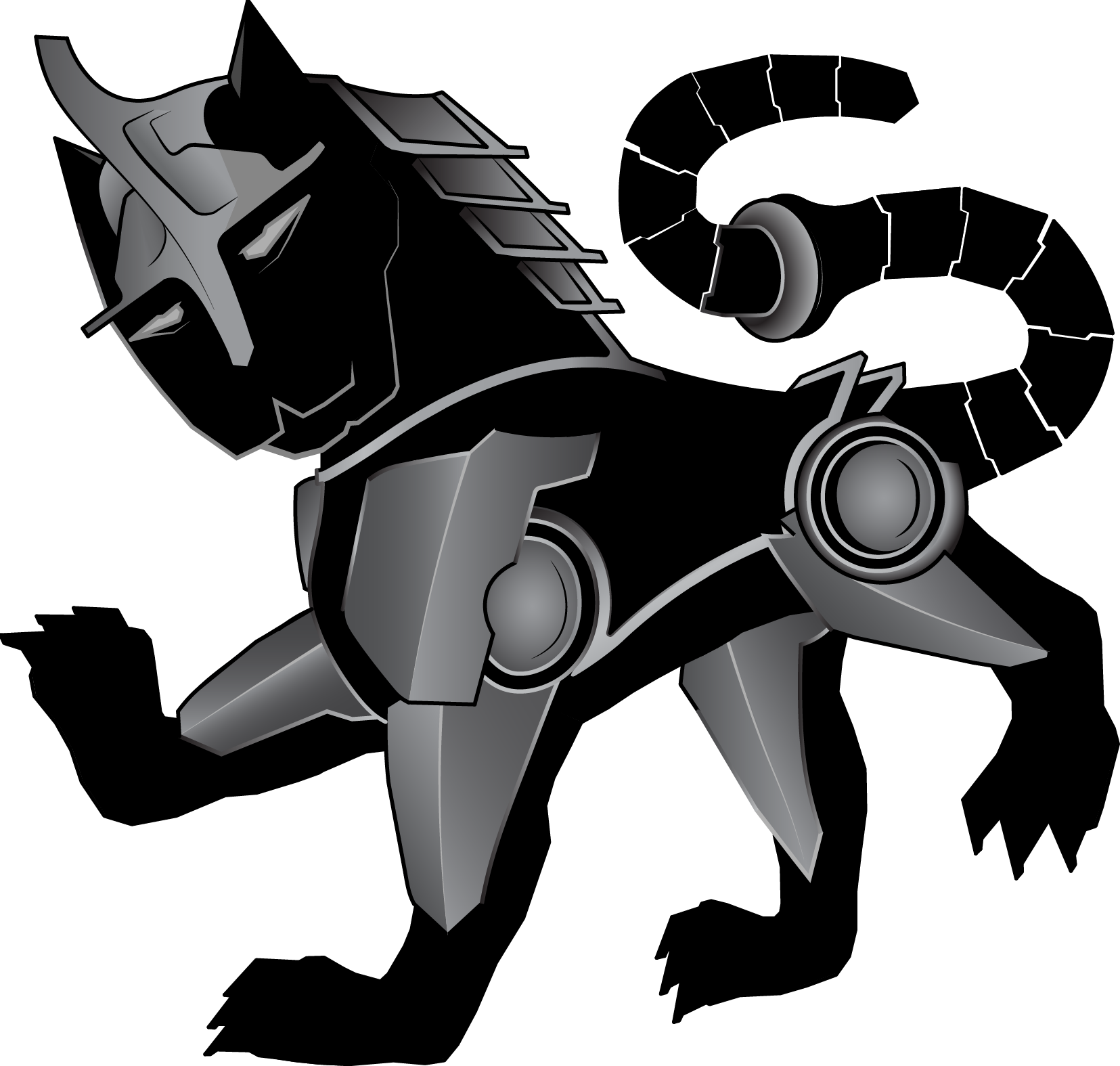
Pest Control in Citrus and Fruit Orchards with Drones: Effective Solutions with baibars CT33s and CT50s
1. Citrus Mealybug (Planococcus citri) Control
Citrus mealybug is particularly harmful to citrus trees and presents a significant threat that needs to be controlled. The density of this pest is observed as the fruit grows. When the fruit reaches the size of a walnut, 100 fruits are checked from each tree. Pesticide application is recommended when the tree infection reaches 5% or 10% fruit infestation during the May-July period, and 15-20% fruit infestation between July and September.
baibars CT33s and CT50s Application Parameters:
- Height: 2.5 - 4.0 meters
- Speed: 3.0 - 5.0 m/s
- Working Width: 4.0 - 7.0 meters
Systemic pesticides should be used in the application, and tractor and drone applications should be conducted simultaneously. Additionally, in rugged terrain, the drone speed should be reduced, and the application area must be mapped.
2. Mediterranean Fruit Fly (Ceratitis capitata) Control
The Mediterranean fruit fly poses a significant threat to citrus orchards. The presence of adults is detected in the second half of August using traps placed in early varieties. Once adults are caught in the traps and the fruits reach harvest maturity, spraying begins.
baibars CT33s and CT50s Spraying Parameters:
- Pesticide Mixture Liquid: 4.0 - 6.0 liters
- Height: 2.5 - 4.0 meters
- Speed: 3.0 - 5.0 m/s
- Working Width: 4.0 - 7.0 meters
Pesticide applications should be repeated during the peak of the pest population, and the effectiveness of the pesticide should be monitored. In uneven terrain, the speed should be reduced, and the application width should be adjusted based on plant age and row spacing.
3. Carob Moth (Ectomyelois ceratoniae) Control
The carob moth should be closely monitored, especially in July and August. When the fruits reach egg-laying maturity, 4-5 pesticide applications should be made at 10-15 day intervals.
baibars CT33s and CT50s Spraying Parameters:
- Liquid pesticide mixture: 4.0 - 6.0 liters
- Height: 2.5 - 4.0 meters
- Speed: 3.0 - 5.0 m/s
- Working width: 4.0 - 7.0 meters
4. Plant Nutrients
Leaf fertilizers, used for direct absorption by plants, have been applied with 100% success using drones. These applications made with baibars CT33s and CT50s drones are highly effective in meeting the nutritional needs of plants.
baibars CT33s and CT50s Spraying Parameters:
- Pesticide Mixed Liquid: 4.0 - 6.0 liters
- Height: 2.5 - 4.0 meters
- Speed: 3.0 - 5.0 m/s
- Working Width: 4.0 - 7.0 meters
Conclusion
The baibars CT33s and CT50s drones offer excellent solutions for pest control and improving efficiency in agriculture. By paying attention to the application parameters, the use of these drones for spraying provides environmentally friendly and efficient results. Drone technology enhances speed and effectiveness in agricultural spraying, contributing to healthier and more productive crops.
